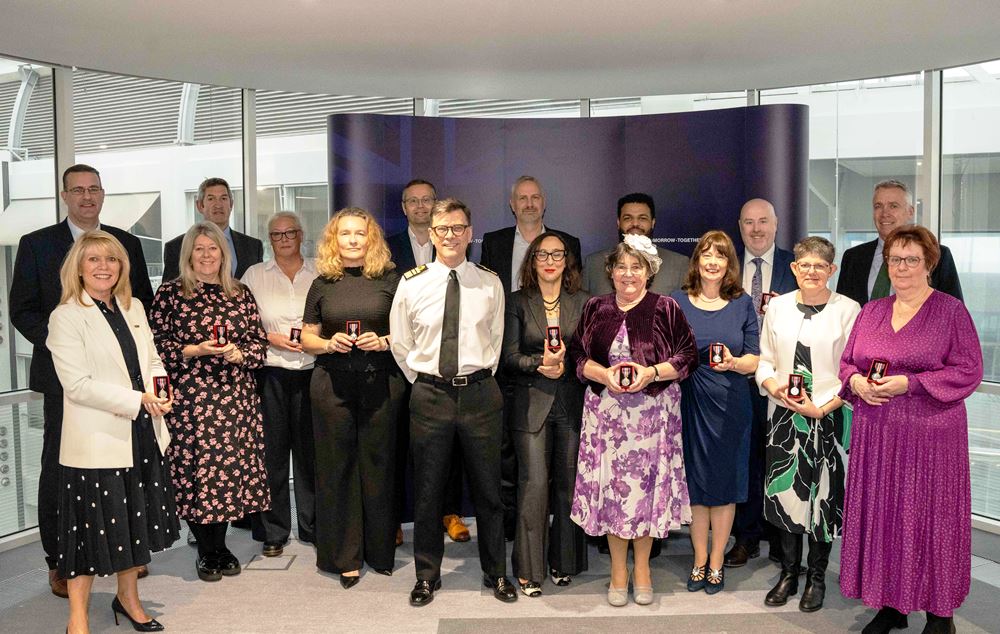Exercise Autonomous Advance Force tests unmanned equipment in Norway

Images courtesy Royal Navy / Crown copyright
Royal Marines small boat specialists 47 Commando have been in Norway working alongside HMS Albion, the Royal Navy’s autonomous accelerator NavyX and the Office for the Chief Technology Officer to see how the kit could work during operations.

Exercise Autonomous Advance Force put unmanned boat Mast 13, heavy lift drone from Malloy, remotely-piloted air system Puma and the Remus unmanned sub-surface drone through their paces in the harsh conditions of the Arctic.

An artificial intelligence system to control all of this tech was integrated in amphibious ship Albion, with industry partners welcomed on board to implement and oversee the system trials.
The successful four-day exercise saw these technologies make their debut in an operational setting.

It was the first time an unmanned surface vessel has been operated from the dock in HMS Albion and the first time 700X Naval Air Squadron have flown Puma from a Royal Marines landing craft.
Colonel Chris Haw, commanding officer of Plymouth-based 47 Commando, said: “We wanted to operationalise the technology, both in an operational environment and as part of a NATO deployment.
“This exercise also enabled us to also integrate technology as far as possible into a Royal Navy warship.
“Integration of autonomy equipment is a key strand in the development of Future Commando Force and the Littoral Strike concept. The future vision is of this type of system being used to control multiple assets in different domains.
“This technology has the potential to be revolutionary within the naval service.”
The Autonomous Advance Force trials started last year in Cornwall and have since progressed to include more of the latest technology and more naval service units.
The hope is to see commandos and sailors at the very centre of the AI control system, operating the equipment during live operations.
Col Haw added: “This series of trials has been ground-breaking. It is at the leading edge of technology and integrating multiple systems in the uniquely challenging physical environment that Norway presents, is a significant step forward.
“In November, after the second in the series of the trials, we were challenged to make this work in Norway in an operational environment and, in a relatively short amount of time we have made that happen.
“The speed with which we have managed to develop this system in conjunction with industry partners and the multiple stakeholders involved has been impressive.”















